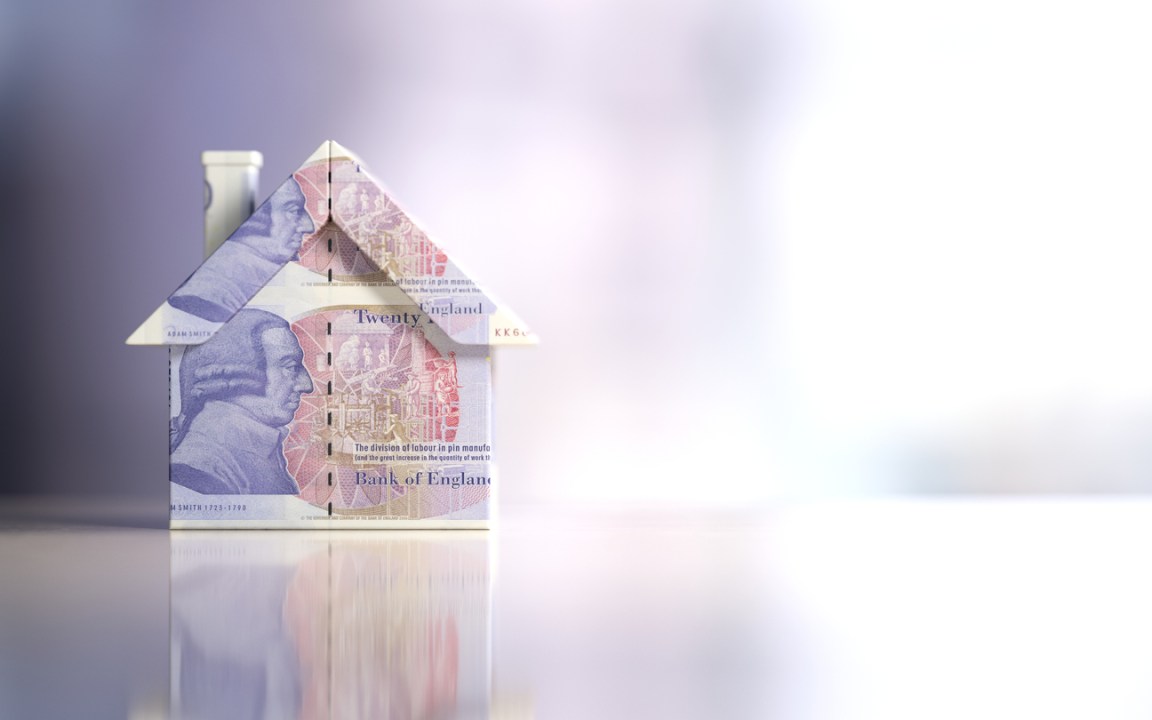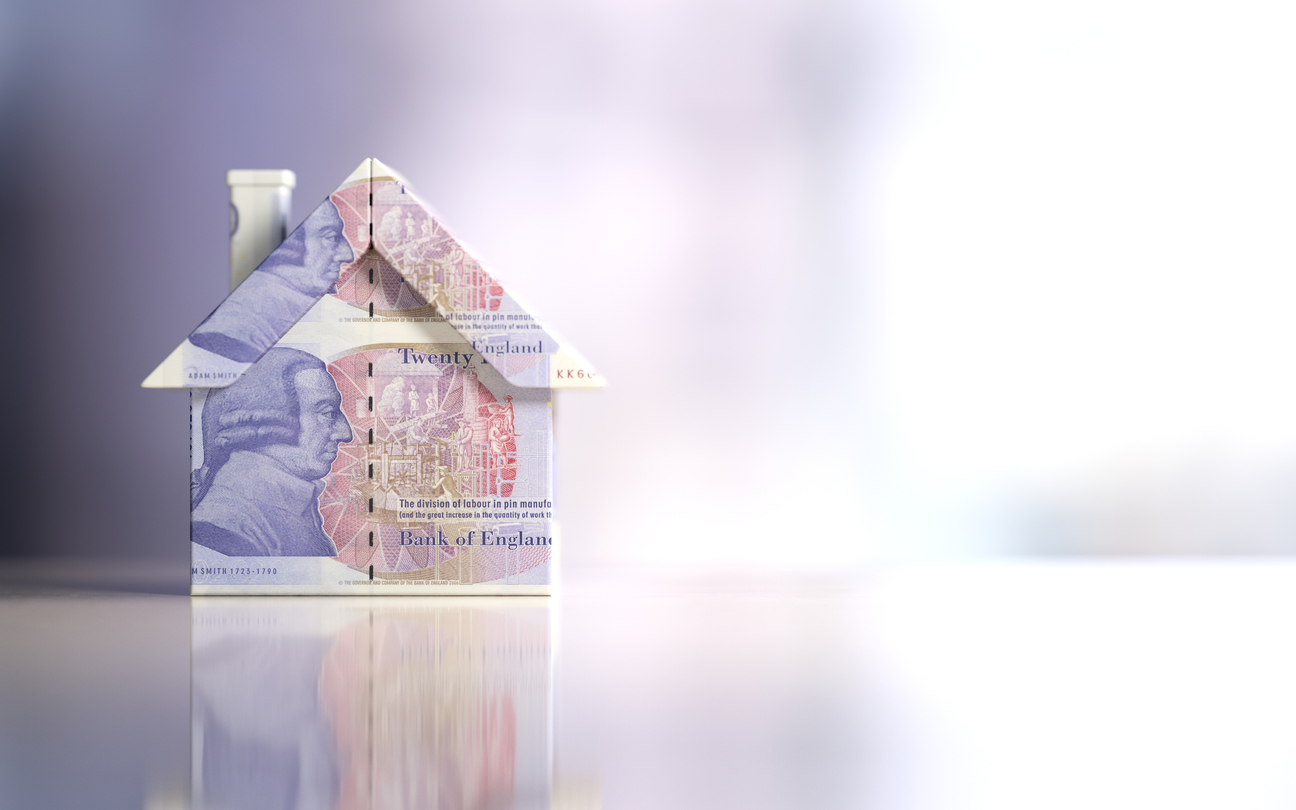Having written recently about how Prime Central London is enjoying a time in the sun after almost a decade in the doldrums, buying a property there just got even more tempting – if, that is, you’re spending dollars. And 66 countries worldwide are linked to the currency and affected by fluctuations in its value.
A property in Kensington and Chelsea will now cost dollar-based buyers two-thirds of what it would have cost them in 2014
Over more than four decades it’s been clear that the fortunes of PCL are affected more by geopolitical events and exchange rates than by domestic interest rates. Any global ‘black swan’ event – such as the removal of the Shah of Iran, the introduction of the euro, the LTCM collapse – has had an effect. In recent memory we’ve had the dollar and the pound achieving near parity twice (1985 and last week) and more than $2 to the pound in 2007.
And now, after the pound reached record lows last week, the picture has changed again. A property in Kensington and Chelsea will now cost dollar-based buyers two-thirds of what it would have cost them in 2014. While the nominal price of the average property in the borough is pretty much the same now as it was then, the value of £1 has gone from $1.71 to around $1.12.
That’s enough to see what we saw in 1985 – an influx of international buyers. These days, though, many more affluent countries follow the dollar, not least in the Middle East – so the influx could be much bigger than last time. If you combine that with the fact that much, if not the majority, of PCL property has been tied up (average holding time for PCL property is now measured in decades, not years) or is not for sale, then that growing number of buyers will be swimming in a rapidly shrinking pool.
PCL has been written off many times – but while it may have become a less lively place to live, it’s not ready to die yet.






Comments